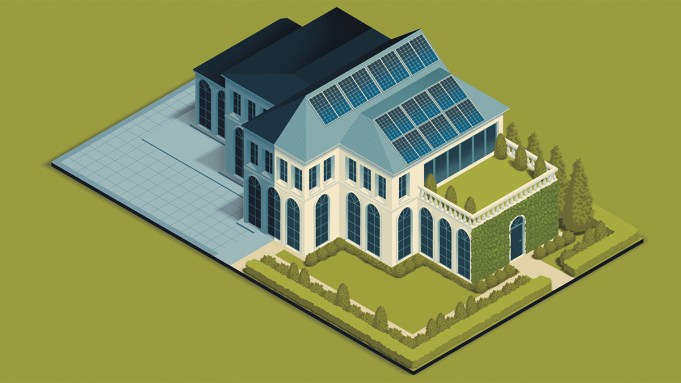While home renovation isn’t a novel concept—people have been tweaking and refining their spaces for centuries—the physical act of remodeling is growing increasingly more nuanced. Climate change and its attendant natural disasters, coupled with the rising cost of construction materials (intensified by President Trump’s heavy tariffs), are leading design professionals to reassess their approaches to projects and give greater consideration to their decisions’ impact on the future.
For many years, “new” was a status symbol, and homeowners rushed to demolish existing rooms or entire structures they deemed outdated, often replacing them with trending styles. Architects clamored to provide clients with bigger and better houses, and in the 1990s and early 2000s, a class of starchitects such as Frank Gehry, Norman Foster, and the late Zaha Hadid cemented their fame by designing flashy museums and skyscrapers, each one seemingly more experimental and outlandish than the next.
In a more recent industry-paradigm shift, firms are prioritizing the ecological consequences of their work, the history of a place, and the visual effect that renovating a structure will have on an area. As a result, the tear-it-all-down approach has started to lose its allure and what is known as regenerative design is on the rise—especially among young and emerging studios that are concerned about the future of the planet.
This methodology goes beyond “prettying up” a space, requiring architects to weigh their plans in relationship to the neighborhood and the natural world. It emphasizes using locally sourced materials—and fewer of them—and making decisions that don’t just lower environmental impact but in fact reverse it. Strategies can range from restoring a historic home’s original architectural details (but updating plumbing and HVAC to meet or even exceed industry standards) to repurposing existing materials during a renovation. Elements such as green walls or systems that collect, purify, and reuse rainwater can actually improve the environment.
Unfortunately, these protocols can make a project more expensive and take longer to complete. But for a growing number of firms around the globe, including heavy hitters such as MASS Design Group, Christoph Hesse Architects, SANAA, and i29—not to mention their clients—the extra time and cash are worth it in order to design buildings that, quite literally, make the world a better place.
